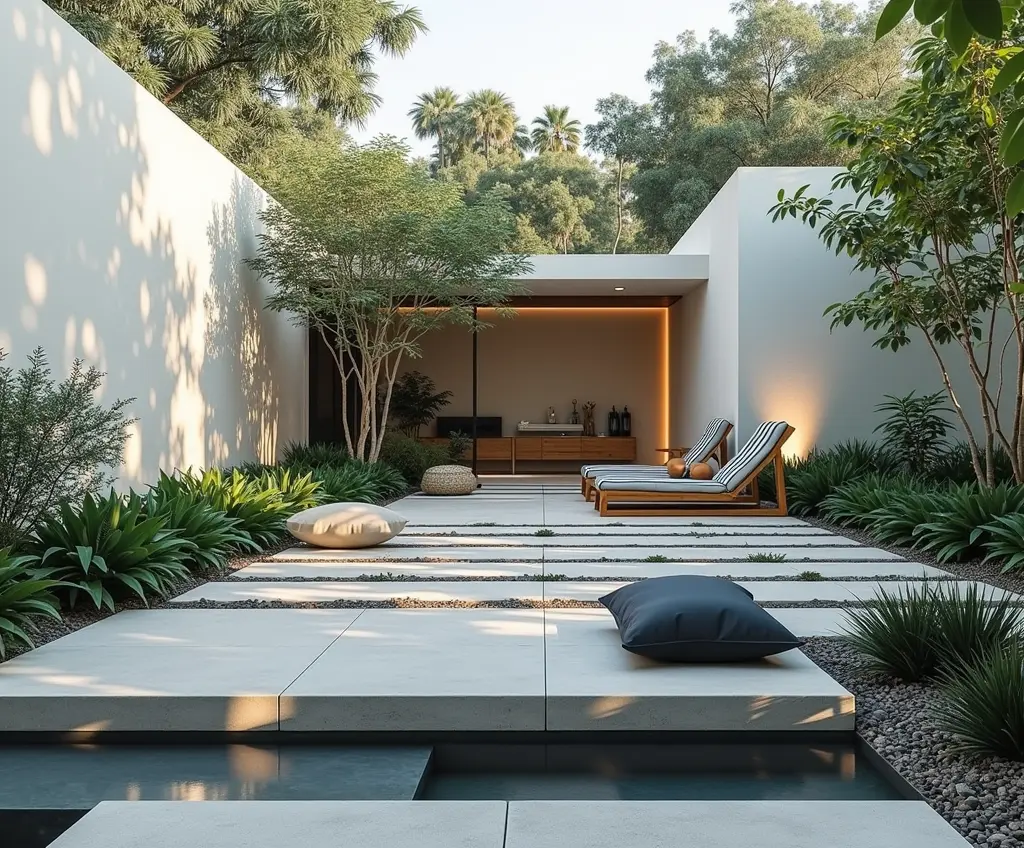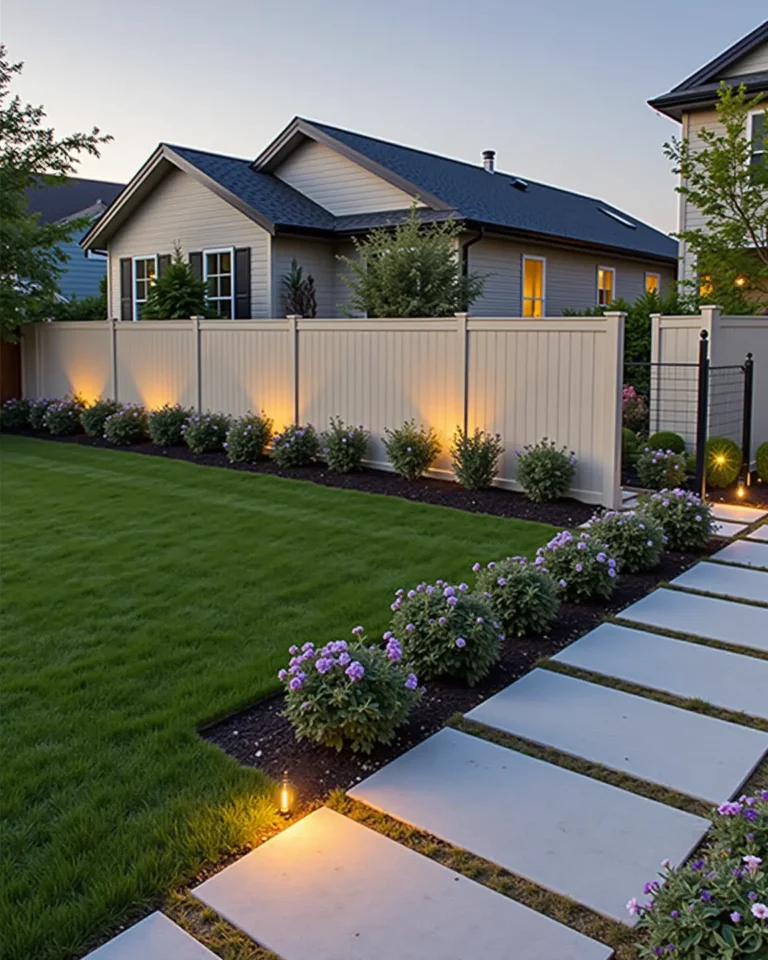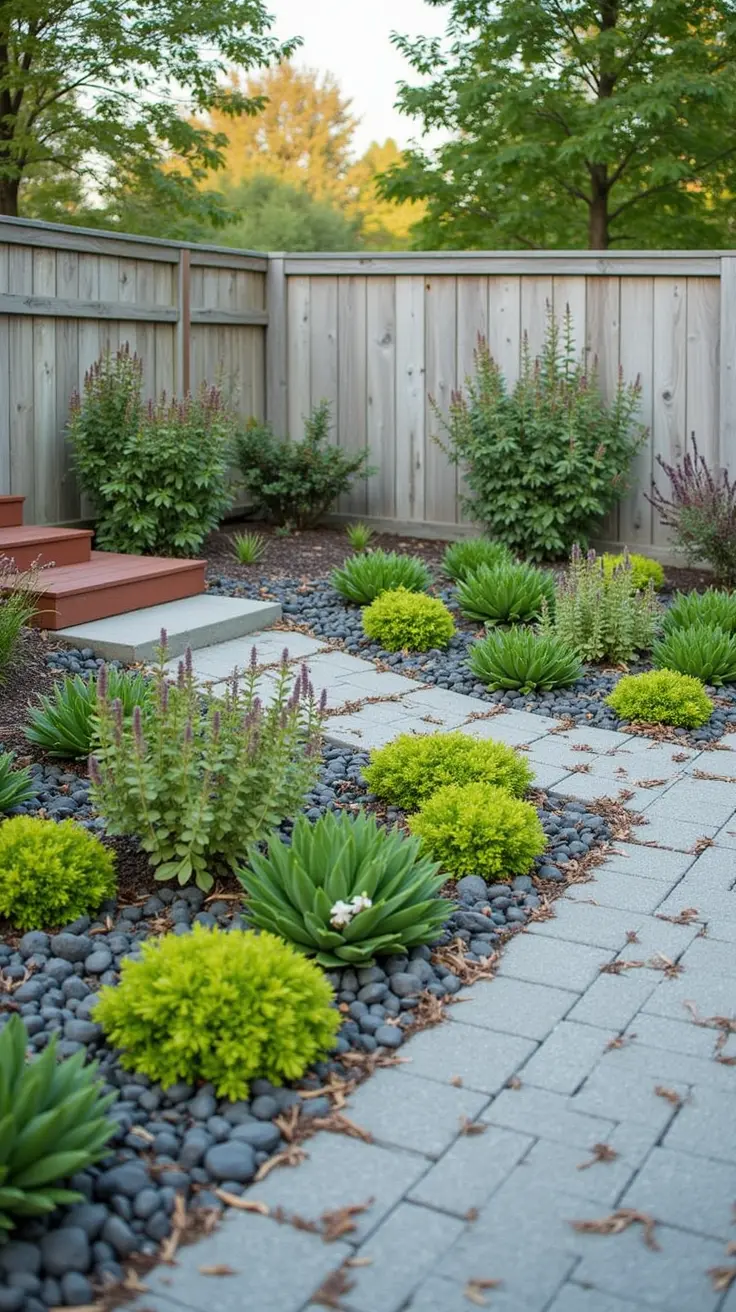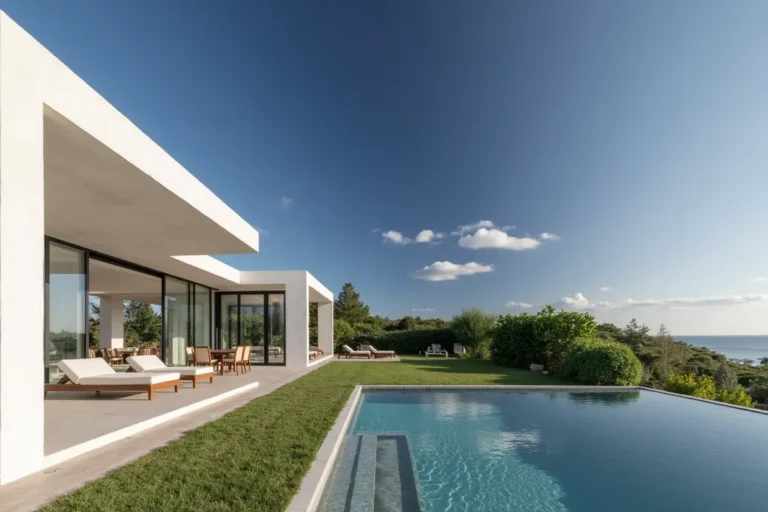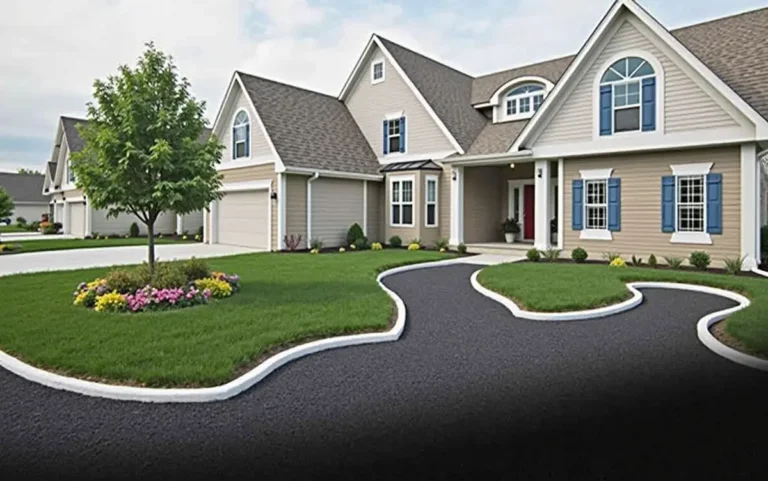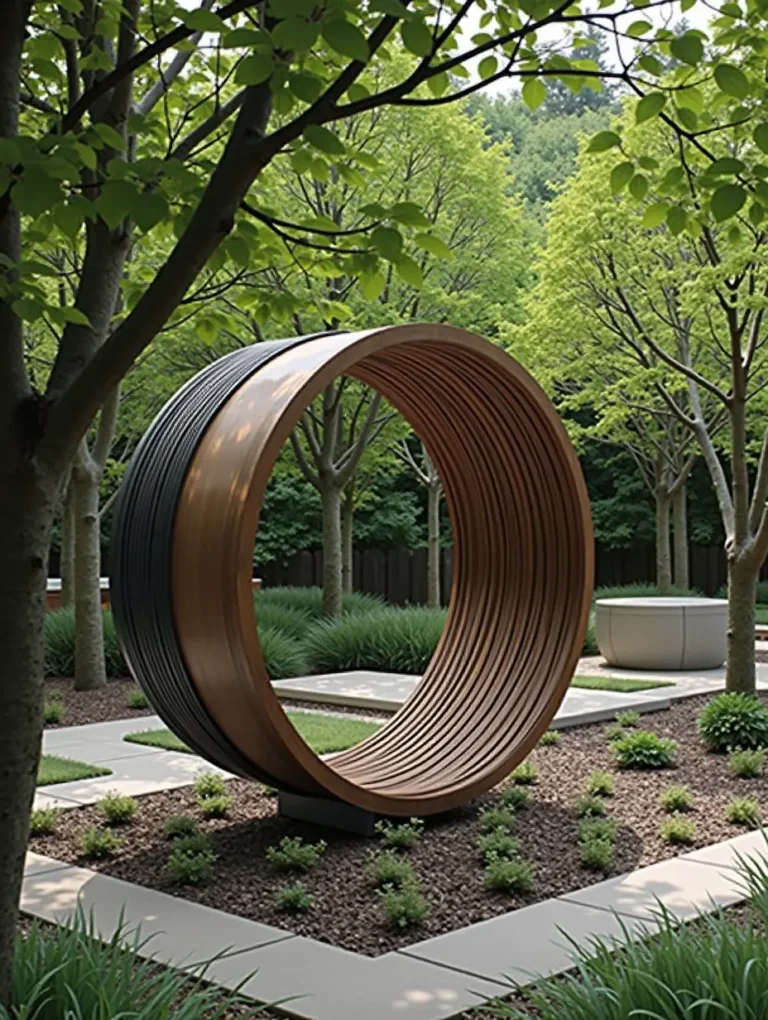Explore 10 Minimalist Garden Design Ideas Today
Explore 10 Minimalist Garden Design Ideas Today
Are you dreaming of a serene outdoor space that embodies tranquility and simplicity? Minimalist garden design might just be the perfect path for you. By focusing on essential elements and clean lines, minimalist gardens create a calm environment that allows nature to shine. Let’s dive into ten inspiring minimalist garden design ideas that can transform your outdoor space into a peaceful retreat.
1. Embrace Negative Space
In minimalist design, less truly is more. Negative space plays a crucial role in making your garden feel more open and free. Aim for wide paths and blank areas that allow the eye to rest. For instance, a gravel path leading to a seating area can invite guests while adding drama through simplicity.
2. Choose a Restricted Plant Palette
Instead of mixing numerous plant varieties, opt for a few select species. Think of bold statements with plants like bamboo or ornamental grasses. Not only does this simplify maintenance, but it also creates a cohesive look that enhances the minimalist theme.
3. Incorporate Geometric Shapes
Draw on the power of geometry in your design. Whether through plant arrangements, pathways, or even garden furniture, incorporating geometric shapes can elevate your garden’s aesthetic. Square plant beds, circular seating areas, or triangular shrubs can add visual interest while maintaining simplicity.
4. Functional Furniture
Choose garden furniture that is both practical and stylish. Opt for sleek designs made from natural materials like wood or stone. A simple bench or a paired-down dining set can provide functionality without overcrowding your space.
5. Use Monochromatic Color Schemes
Monochromatic color palettes radiate calmness and order. Select varying shades of a single color throughout your plants, stones, and furniture. For example, different greens and browns from plants and wooden elements create a harmonious and soothing atmosphere.
6. Add Vertical Gardens
Vertical gardens save space while providing a striking focal point. By utilizing walls, fences, or trellises, you can integrate plants without taking up precious ground space. These green walls not only promote a minimalist design but also enhance biodiversity.
7. Implement Water Features
Include a minimalist water feature, such as a small pond or a simple fountain, to bring an element of tranquility to your garden. The soft sound of flowing water can promote relaxation and elevate your outdoor experience, aligning perfectly with minimalist principles.
8. Incorporate Stones and Boulders
Natural stones and boulders can serve as focal points or functional elements in your garden. Their organic shapes and textures promote a sense of harmony with nature while allowing for a striking visual representation of minimalism. Arrange larger stones thoughtfully to create seating, table settings, or simply accents throughout your garden.
9. Limit Decorations
When it comes to decor, less is always more in a minimalist garden. Choose one or two standout pieces, such as a sculpture or a classic birdbath, that resonate with your style. Ensure that each piece serves a function or enhances the landscape in a meaningful way.
10. Create Layers with Plant Heights
Add depth to your garden by selecting plants with varying heights. Utilize taller plants as backdrops, while lower plants fill in the foreground. This layering effect maintains a sense of open space while adding dimension, keeping with the minimalist ethos.
Final Thoughts
Minimalist garden design emphasizes simplicity and purpose, making you feel more connected to nature. With these ten ideas, you can create an outdoor oasis that offers tranquility, beauty, and harmony. Remember, the beauty of minimalism lies in its ability to clear the clutter and highlight what truly matters—nature’s splendor.
Frequently Asked Questions (FAQ)
What is a minimalist garden?
A minimalist garden emphasizes simplicity, clean lines, and essential elements, often featuring a limited plant palette and open spaces to create a serene environment.
How do I start a minimalist garden design?
Begin by identifying a few key plants and arranging them in thoughtful patterns. Incorporate negative space, choose functional furniture, and select decorative elements that serve a purpose.
Can I have color in a minimalist garden?
Yes, you can incorporate color into a minimalist garden, but it’s best to stick to a monochromatic scheme or use contrasting colors judiciously to enhance the overall simplicity.
What are the benefits of a minimalist garden?
Minimalist gardens require less maintenance, promote relaxation, and create a peaceful environment that encourages mindfulness and connection with nature.
Are minimalist gardens suitable for small spaces?
Absolutely! Minimalist garden design is particularly effective in small spaces because it focuses on maximizing functionality while maintaining an open and airy feel.
“
